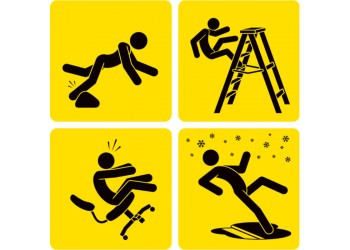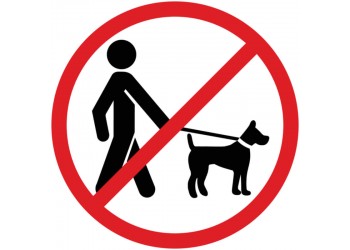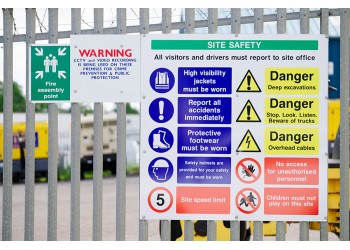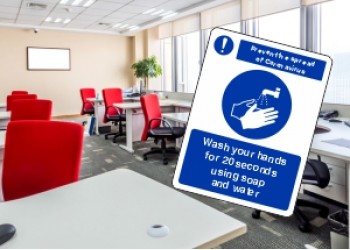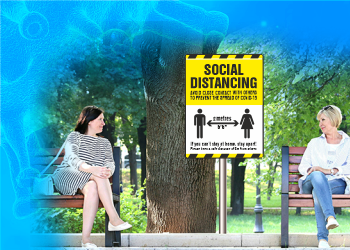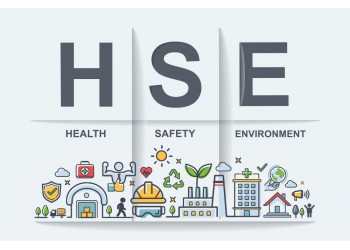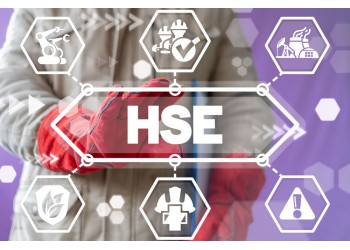37% of all reported workplace injuries are due to a slip or a fall. As a business owner, you are responsible for ensuring the safety of your employees, guests and visitors by implementing the right precautions where needed. But how do you do that? And how do you identify these risks and put into place a way to minimise them?
What are the main causes of slips, trips and falls?
A risk assessment will help you to determine the areas in your workplace that pose the most significant problem. However, commonly, some of the most noted reasons for these types of accidents are:
- Uneven flooring.
- Unsuitable flooring.
- Wet/slippery flooring.
- Poor lighting.
- Poor housekeeping.
Addressing any number of these risk areas can significantly reduce injury in your workplace. And one of the ways to do so is through the appropriate use of signs in the workplace. Providing information to employees as to best practices and the right safety measures helps them to stay on top of hazards before they become more prominent.
What signs are available?
The sign type and design you choose will depend on the exact risk. However, there are a number of different options which, used alone or with others, will create a logical structure to your workplace safety.
Warning Slippery Surface Logo Sign
This warning sign alerts visitors to the possibility of a slippery surface. It is designed to make them aware of the possible need to change footwear or be cautious of each step.
Warning Trip Hazard Logo Sign
In the event of a possible trip hazard, this sign can be used to ensure visitors and employees have the information they need to prevent injury.
Anti-Slip Floor Signs
For temporary slipping hazards, the other option is a lightweight floor stand. These robust, plastic signs can be displayed as and when needed, in a variety of locations to give clear information to passers-by.
Lasting Impressions is passionate about providing high-quality safety signs, tailored to each environment. Our range is there to help you improve safety in the workplace while keeping in line with current regulations. Reducing slips, trips and falls will minimise the strain on your business, both financially and in terms of productivity. If you would like more information about our range of General Safety Signs, get in contact with the team here today.
